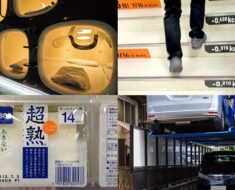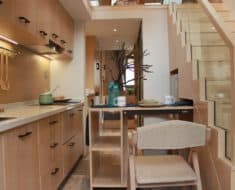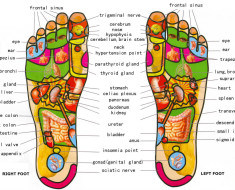
Source: https://unsplash.com/
A spacious office is a lofty dream if you are based in Los Angeles, the San Francisco Bay area, or any business district with rising rent rates. To be fair, productivity has less to do with the square footage but more with the utilization of the space. What office workers want is a place that allows them to think and work in peace.
Banish the thought of a cramped and enclosed space with unhappy people. Instead, consider improving the actual layout and atmosphere of the office to boost productivity and well-being. For your small office project, you can mix and match elements that offer function and form.
Transform your office space into something bigger and better with these tips.
Eliminate Clutter
Stacks of paper, discarded desks or chairs, or messy cables steal space. It’s a chaotic scene that looks unsightly and distracting if you are working near one.
Accordingly, remove unused furniture, and donate them to charity. Sort the papers for storage or shredding; you can also go paperless and reserve printing for essential paperwork. For office cables and wires, hire a professional to rework them and tuck them neatly to prevent accidents and injuries.
Use Custom Tables
Cubicles are great for privacy, but they can eat up space and tend to cast shadows. Consider putting together desks or long tables by team or department. Such tables can go around the room to leave the center space open.
With no partitions, expect smoother and free interaction among people. However, put in place guidelines on chatter, noise, and distracting behavior.
Get Creative and Flexible
Planning is the key to designing your space to accommodate your needs. You can use moveable dividers or screens for interviews or meetings. Utilize the white wall as a projector screen for videoconferencing.
You can use foldable chairs and tables for your pantry, and you can update your bathroom dividers to make them more ergonomic and updated. When the nook needs to be used, you can move a wheeled cabinet containing kitchen supplies.
Go Easy on Furnishings
Beanbags have become the quintessential symbol of office life at Silicon Valley’s tech companies. Unless you have ample space and know how to wash them, avoid beanbags or large sofas. Instead, opt for foldable lounge chairs and ottomans. Consider these other decorative elements:
- Plants can absorb odors in the office. The trick is to place small potted plants strategically.
- Paintings with tinges of blue can stimulate creativity and strike contrast against white walls. Do the math involved in maximizing your wall space for works of art.
Leverage Natural Lighting
Natural light remains the best option to create an illusion of a bigger and brighter room. You can design the layout of the office according to the placement of windows. Access to sunlight triggers endorphins, which make people happier and their moods better. Indeed, a window seat is always preferred to a blank wall.
Invest in Good Lighting
As a tie-in to the point above, poor lighting can take a toll on workers’ mental and physical well-being. Poorly lit venues have been linked to stress, anxiety, and numerous health concerns, like eye strain and headaches.
Your goal is not only to add depth to the room but to illuminate the place adequately. Recessed lighting provides overhead coverage without taking up lots of space. There’s also track lighting, which is designed for small offices.
Enforce Cleanliness on Every Desk
Limit the number of things that employees can take to their workstation. This way, every desk looks more professional, and the entire section is less busy to look at.
As mentioned above, personal effects can accumulate so fast such that they invade the desk surface and hinder any meaningful work. Leaving snacks attracts insects, which spread disease and rats, which damage wires and cables.
Streamline
Laptops are powerhouses, and as stand-alone machines, they require minimal to no cabling. But that setup can change if you have to connect it to other office devices, such as an external monitor. The connection typically involves HDMI, which you can easily do with a USB-C to HDMI adapter.
Consider buying a hub for your USB-C laptop, one that has the ability to connect your unit to other peripherals. You don’t only expand your computer’s functionalities but also keep the cables in one place.
Never mind your office-space constraint, and go big on its transformation. Do you have additional tips to maximize small spaces? Share those in the comments section below.









































